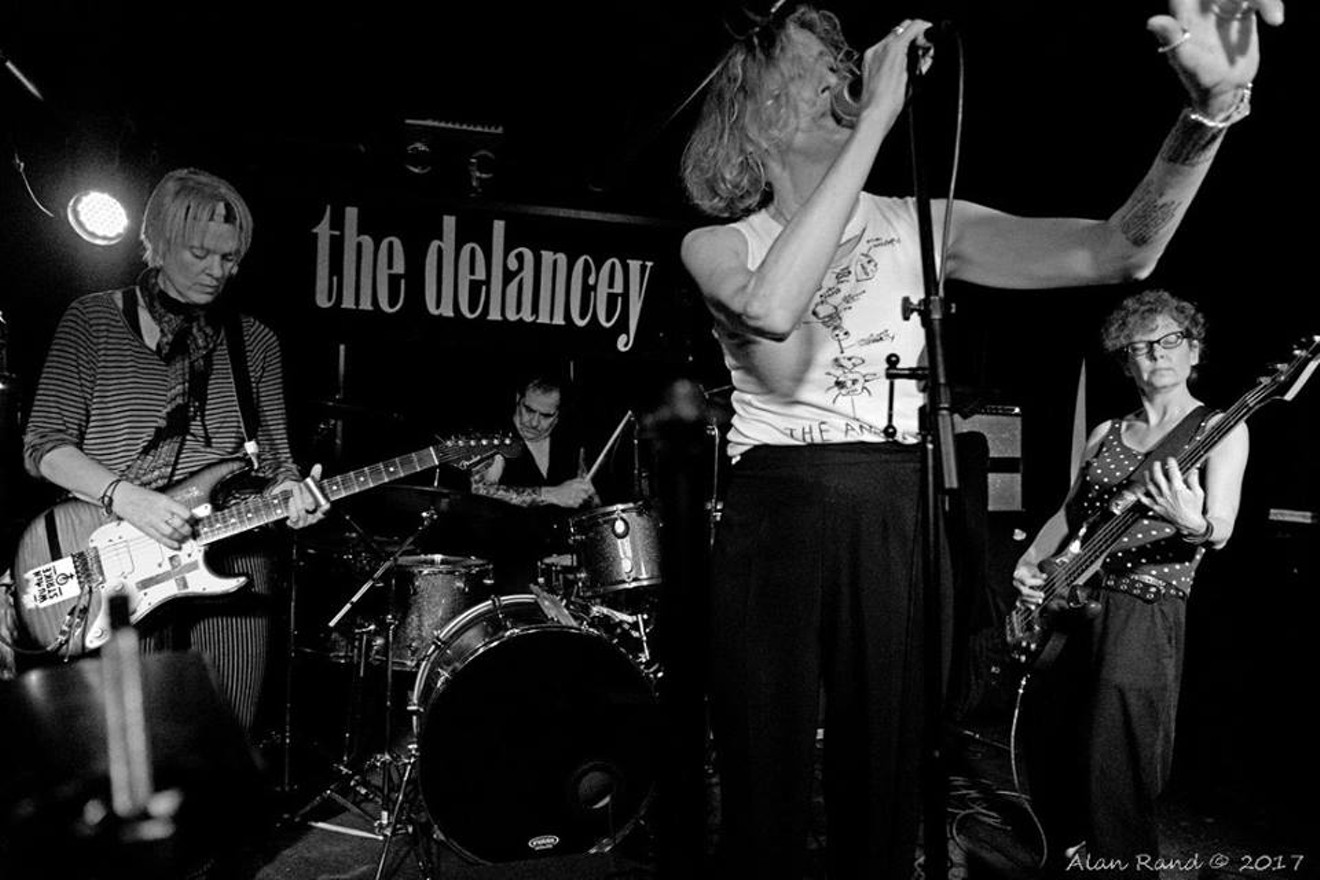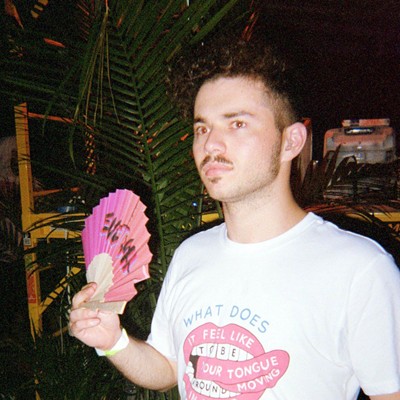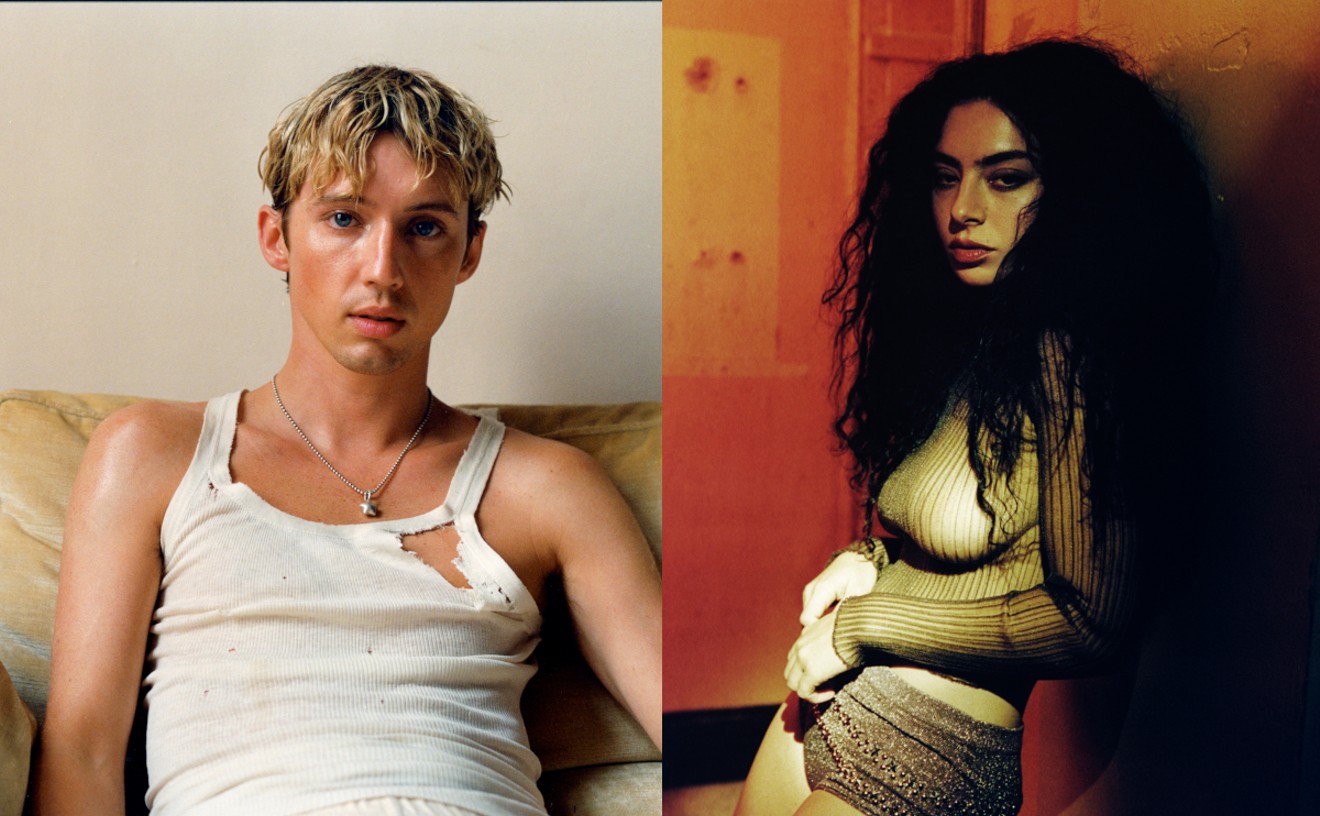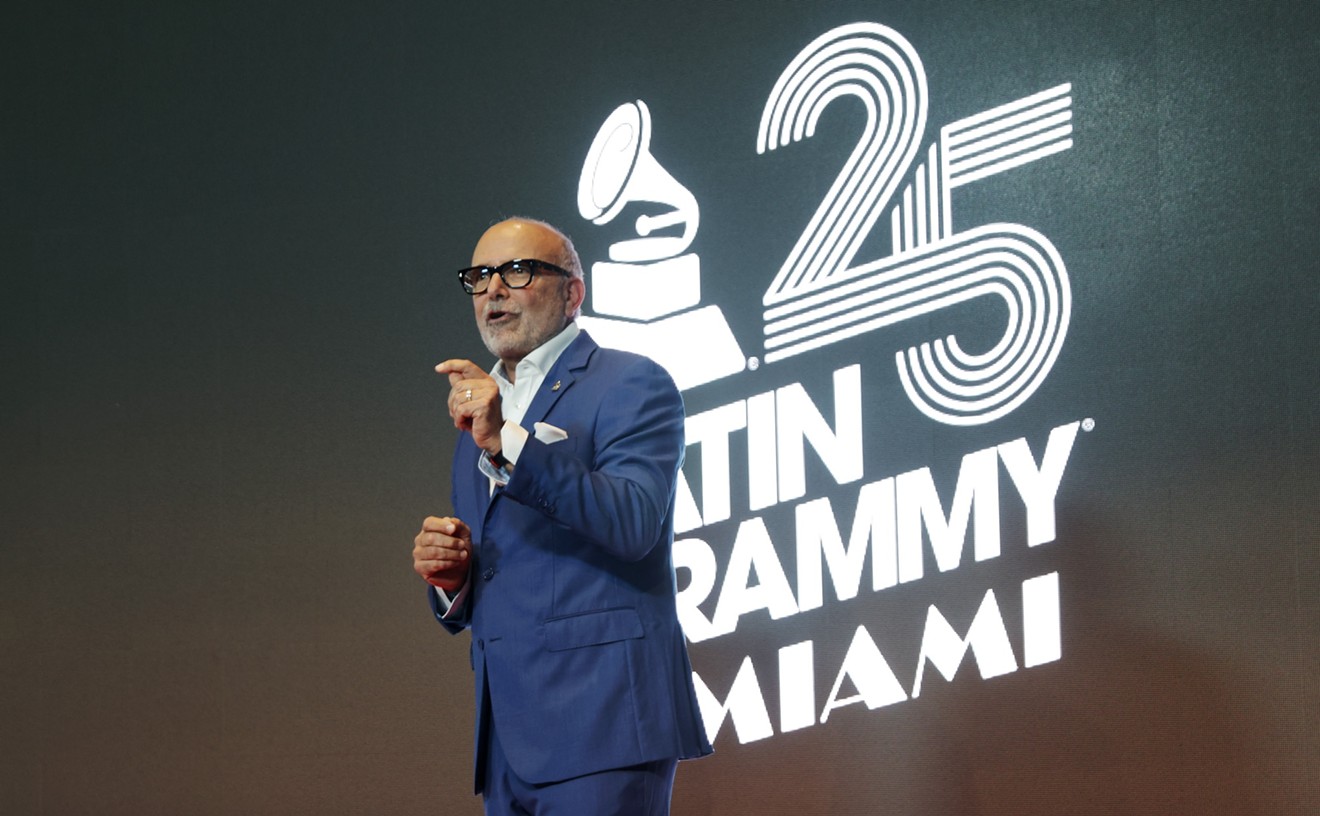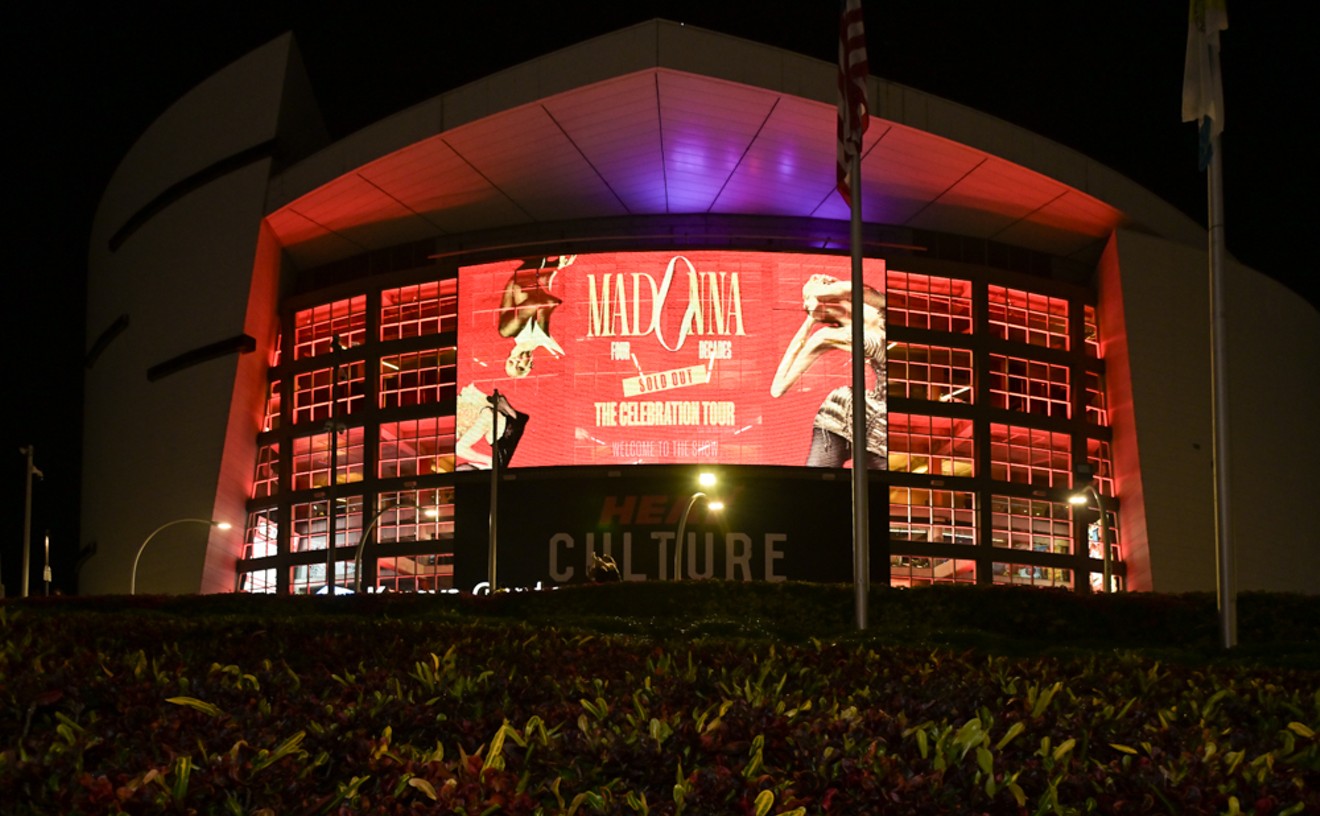As the world’s premier cultural destination, there’s never been more to do in New York City than there is today. Having completed its transformation into a safer, cleaner, and friendlier metropolitan hub, the Big Apple now holds more cultural sights than seem reasonably possible. A glance at a things-to-do list on any given week reveals a plethora of galleries and exhibitions to visit, as well as an abundance of touring musical acts. Even as the myth of the United States as a benevolent, welcoming country rightfully recedes into the dustbin of history, New York City has remained a must-see attraction for art aficionados both foreign and domestic.
But there was a time when those producing the art on display actually lived there instead of just dropping by. It’s a period that Dee Pop, drummer for the Bush Tetras, remembers well.
“All those bands in New York, we all hung out in the same places and talked to each other and shared ideas,” Pop recounts, citing acts such as the Ramones, Television, the Talking Heads, and Patti Smith, all of whom left indelible impacts on music and pop culture.
“It wasn't all just through music; it was through the artists at the time, the writers at the time, the poets at the time, the filmmakers at the time. We were all kind of in this melting pot. There were a lot of different kinds of voices, which was great! It was a very creative time, and it wasn't just a particular thing; it was just the vibe... And that's what [the bandmates] were attracted to, just this great energy going on.”
Converging in dank New York City clubs and venues such as CBGB and Max’s Kansas City, Bush Tetras were part of an extraordinary explosion in urban ingenuity and creativity. Although they didn’t go on to enjoy the commercial success of their aforementioned musical peers, the Bush Tetras helped to codify the tropes of postpunk and no wave while still leaving enough room for their funkier inclinations to shine through, in turn setting the stage for later, more explicit dance-punk bands such as fellow New Yorkers LCD Soundsystem. But most important, Bush Tetras rock in the truest sense of the word: Beyond conjuring vivid imagery of the time and place in which they were written, songs such as “Too Many Creeps” and “Can’t Be Funky” have persisted as compilation staples and dance-floor fillers for a reason. All of which is to say there’s a great deal of excitement surrounding the band’s first Florida show, taking place at Gramps Saturday, May 5.
The New York City in which the Bush Tetras formed is far removed from the commercialized, sanitized experience the city offers today. Although New York still nurtures and spawns exciting trends and artistic developments from time to time, the late '70s and early '80s were an unprecedented time of connectivity, creativity, and community. As the city fell into financial ruin and housing became more affordable, the simultaneous influx of artists and endless inspiration offered by New York’s urban decay gave way to one of the impactful and diverse musical scenes the United States has ever yielded.
“It wasn’t pigeonholed like, ‘OK, you’ve got to be on a bill with four other bands that are very similar,’” Pop says. “Back then, it wasn’t odd to play with any of the Sugarhill Gang, ESG, or an avant-garde jazz band. You could be on a bill with the Clash, the Bush Tetras, and the Sun Ra Arkestra; it all made sense.”
According to Pop, this cross-pollination in sound came from a shared sentiment of alienation among New York City residents. Even if it was expressed differently among artists — ranging from the hedonistic, party-oriented atmospheres of hip-hop and DJ culture to the more ragged, aggressive noises of postpunk — a need for some form of escape pervades nearly all music of this period, no matter the borough.
“It was about being different,” Pop remarks. “So maybe the Bush Tetras were from the Lower East Side and things were different from the Bronx or Brooklyn, but it was all New York, and it really wasn’t all that different when you came down to it. And once people talked to each other, they realized, ‘Wow, we really have something in common here.’"
Despite weathering an on-off existence, a handful of releases, and multiple bassists over several decades, the Bush Tetras feel as energized as ever both in concert and on-record. In addition to the excitement of playing their new EP, April’s Take the Fall, in live settings, Pop says he and the band are heartened by the crowds that have turned up for Bush Tetras’ 2018 shows thus far.
“The really cool thing about our shows lately is that it’s not our old crowd; it’s a lot of young kids that have never seen us and come up and say, ‘Wow, I never thought I’d be able to see you guys play,'” Pop says. “It’s great that it’s 20-year-olds and not a bunch of 50- and 60-year-olds going, ‘Oh, yeah, I remember when you played back in 1980 and I bought you a beer.'”
Apart from the joy of creation the bandmates experience when writing and rehearsing together, Pop chalks up Bush Tetras’ longevity — at least in the ears of their ever-growing fan base — to their honesty and distinct musical vocabulary.
“Nothing about this band is faked or forced, and the way we perform is very naked in a way; how we look onstage is how we dress everywhere else, and we're just us,” Pop says. “People look at us, and maybe that's an inspiration. It's like, ‘Wow, I can just be myself and do something really, really cool and people can appreciate it.’ And, hopefully, people then go home and whatever they're doing becomes a little bit more important to them because it's theirs and they own it. We own what we do.”
Bush Tetras. With Other Body and DJ Mikey Ramirez. 9 p.m. Saturday, May 5, at Gramps, 176 NW 24th St., Miami; 305-699-2669; gramps.com. Admission is free.
[
{
"name": "Air - MediumRectangle - Inline Content - Mobile Display Size",
"component": "19274298",
"insertPoint": "2",
"requiredCountToDisplay": "2"
},{
"name": "Editor Picks",
"component": "17482312",
"insertPoint": "4",
"requiredCountToDisplay": "1"
},{
"name": "Inline Links",
"component": "18711090",
"insertPoint": "8th",
"startingPoint": 8,
"requiredCountToDisplay": "7",
"maxInsertions": 25
},{
"name": "Air - MediumRectangle - Combo - Inline Content",
"component": "17482310",
"insertPoint": "8th",
"startingPoint": 8,
"requiredCountToDisplay": "7",
"maxInsertions": 25
},{
"name": "Inline Links",
"component": "18711090",
"insertPoint": "8th",
"startingPoint": 12,
"requiredCountToDisplay": "11",
"maxInsertions": 25
},{
"name": "Air - Leaderboard Tower - Combo - Inline Content",
"component": "17482313",
"insertPoint": "8th",
"startingPoint": 12,
"requiredCountToDisplay": "11",
"maxInsertions": 25
}
]

